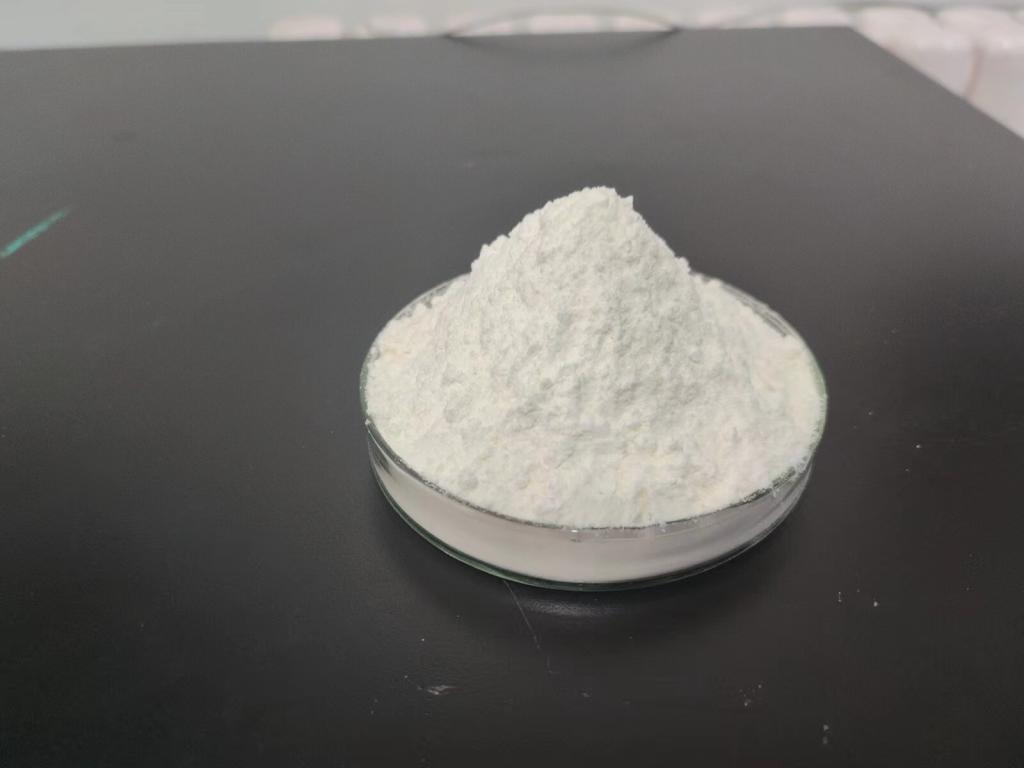Tel:+8618231198596

News
 CONTACT
CONTACT
 CONTACT
CONTACT
- Linkman:Linda Yao
- Tel: +8618231198596
- Email:linda.yao@dcpharma.cn
- Linkman:CHARLES.WANG
- Department:Overseas
- Tel: 0086 0311-85537378 0086 0311-85539701
News
ε-Polylysine hydrochloride use in pharmaceuticals helps to combat antibiotic-resistant bacteria.
TIME:2024-03-27
Understanding Antibiotic Resistance
Antibiotic resistance occurs when bacteria develop mechanisms to evade the effects of antibiotics, rendering them ineffective against bacterial infections. This phenomenon arises from the selective pressure exerted by the overuse and misuse of antibiotics in human and veterinary medicine, agriculture, and aquaculture. Antibiotic-resistant bacteria pose a serious threat to public health, as they can cause infections that are difficult to treat, leading to increased morbidity, mortality, and healthcare costs. Addressing antibiotic resistance requires a multifaceted approach that includes the development of new antimicrobial agents, stewardship of existing antibiotics, and infection prevention measures.
The Role of ε-Polylysine Hydrochloride
ε-Polylysine hydrochloride is a cationic polymer composed of multiple lysine residues linked by peptide bonds. It is produced through fermentation by certain strains of bacteria, particularly Streptomyces albulus. ε-Polylysine exhibits broad-spectrum antimicrobial activity against Gram-positive and Gram-negative bacteria, fungi, and some viruses. Its antimicrobial mechanism involves electrostatic interactions with microbial cell membranes, leading to membrane disruption, cell lysis, and eventual cell death. Unlike conventional antibiotics, ε-polylysine's mechanism of action is less prone to resistance development, making it a valuable asset in the fight against antibiotic-resistant bacteria.
Applications in Drug Development
The antimicrobial properties of ε-polylysine hydrochloride make it an attractive candidate for incorporation into pharmaceutical formulations targeting antibiotic-resistant bacteria. ε-Polylysine can be used as an active ingredient in topical creams, ointments, and gels for the treatment of skin and wound infections caused by antibiotic-resistant pathogens. Its ability to disrupt microbial cell membranes makes it effective against a wide range of bacteria, including methicillin-resistant Staphylococcus aureus (MRSA), vancomycin-resistant enterococci (VRE), and multidrug-resistant Pseudomonas aeruginosa.
Furthermore, ε-polylysine can be formulated into oral and injectable formulations for the treatment of systemic infections caused by antibiotic-resistant bacteria. Its stability, biocompatibility, and low toxicity make it suitable for use in various dosage forms, including tablets, capsules, and parenteral solutions. Additionally, ε-polylysine's mucoadhesive properties enable prolonged contact with mucosal surfaces, enhancing its efficacy in treating infections of the respiratory, gastrointestinal, and genitourinary tracts.
Combination Therapy and Synergistic Effects
ε-Polylysine hydrochloride can be used in combination with other antimicrobial agents to enhance efficacy and minimize the risk of resistance development. Studies have shown that ε-polylysine exhibits synergistic effects when combined with antibiotics, antifungal agents, and antiviral drugs, leading to improved antimicrobial activity against resistant pathogens. The combination of ε-polylysine with conventional antibiotics can overcome existing resistance mechanisms, restore antibiotic susceptibility, and reduce the likelihood of treatment failure.
Furthermore, ε-polylysine's ability to disrupt microbial biofilms makes it particularly effective in combination therapy for infections associated with biofilm-forming bacteria, such as Pseudomonas aeruginosa and Staphylococcus epidermidis. Biofilms serve as protective matrices that shield bacteria from antibiotics and host immune responses, making them notoriously difficult to eradicate. By disrupting biofilm structure and enhancing antibiotic penetration, ε-polylysine can synergistically enhance the efficacy of antimicrobial treatment and prevent recurrent infections.
Challenges and Considerations
While ε-polylysine hydrochloride shows great promise in combating antibiotic-resistant bacteria, several challenges and considerations must be addressed:
Formulation Optimization: Developing ε-polylysine-based pharmaceutical formulations requires optimization of concentration, pH, and compatibility with other ingredients to ensure stability, efficacy, and safety.
Regulatory Approval: The use of ε-polylysine in pharmaceuticals may require regulatory approval from health authorities, necessitating compliance with safety, efficacy, and quality standards.
Resistance Monitoring: Continued surveillance is needed to monitor the emergence and spread of ε-polylysine resistance in bacterial populations and to guide appropriate use and stewardship strategies.
Clinical Validation: Further clinical trials are needed to evaluate the safety and efficacy of ε-polylysine-based interventions in human subjects, particularly in the context of antibiotic-resistant infections.
Future Directions
As research in the field of antimicrobial polymers advances, future efforts should focus on:
Exploring novel delivery systems and formulations for ε-polylysine to optimize its pharmacokinetics, biodistribution, and tissue penetration in vivo.
Investigating the potential of ε-polylysine as a prophylactic agent to prevent the acquisition and transmission of antibiotic-resistant bacteria in healthcare settings.
Collaborating with industry partners to scale up production and commercialization of ε-polylysine-based pharmaceutical products for widespread use in clinical practice.
Promoting interdisciplinary research and knowledge sharing to harness the full potential of ε-polylysine in combating antibiotic-resistant bacteria and addressing global health challenges.
Conclusion
ε-Polylysine hydrochloride represents a promising antimicrobial agent in the fight against antibiotic-resistant bacteria, offering a novel approach to infection control and treatment. Its broad-spectrum activity, unique mechanism of action, and synergistic effects with conventional antibiotics make it a valuable asset in pharmaceuticals. By harnessing the antimicrobial power of ε-polylysine, we can overcome the challenges posed by antibiotic resistance and safeguard public health for future generations. As we continue to explore the therapeutic potential of ε-polylysine, let us strive to translate scientific innovation into tangible solutions that improve patient outcomes, reduce healthcare costs, and combat the global threat of antibiotic resistance.
- Tel:+8618231198596
- Whatsapp:18231198596
- Chat With Skype







